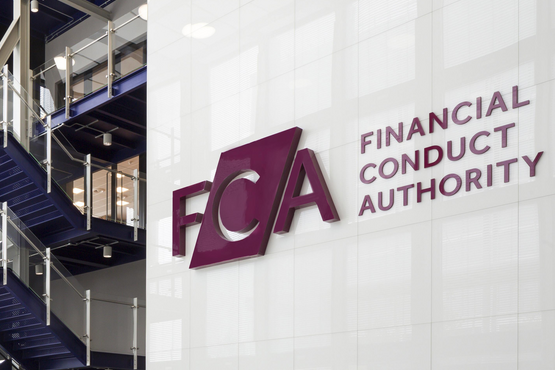Under the FCA’s proposal the 1-, 3- and 6- month synthetic US dollar LIBOR settings would continue to be published until the end of September 2024.
The FCA notes that although synthetic LIBOR is considered to be a “fair and reasonable approximation of what LIBOR might have been” they are “not representative of the markets that the original LIBOR settings were intended to measure”. Because of this synthetic LIBOR settings are not intended to be used for new contracts and are intended to be used for “certain legacy contracts only”.
Specifically the FCA noted a significant number of “bonds and securitisations referencing US LIBOR that are governed by UK law”, but also contracts in other jurisdictions where the transition away from LIBOR is slower. Retaining LIBOR is important for these contracts because they lack the mechanisms necessary to allow LIBOR rates to be converted to the alternative Risk-Free Rates (RFRs). Respondents to the FCA’s consultation on the subject indicated that “a significant number of contracts in cash markets” (the FCA estimates $70trn outstanding beyond end of June 2023) outside the United States for which the continuing publication of synthetic LIBOR would be beneficial.
The usefulness of retaining synthetic LIBOR for a temporary period, in the FCA’s view, may outweigh any concerns about its continuing availability slowing the mandated transition away from LIBOR to RFRs. The FCA proposes calculating synthetic US dollar LIBOR “as the sum of the CME Term SOFR Reference Rate plus the ISDA fixed spread adjustment”.
The smaller number of sterling LIBOR settings means that, according to the FCA, they do not represent a threat to market integrity even if “not every contract has transitioned away or been equipped with a workable fallback.” As a result of this the 1- and 6-month synthetic sterling LIBOR settings will cease at the end of March 2023 and the 3-month synthetic sterling LIBOR settings will cease at the end of March 2024.
The FCA expects to announce a final decision on these proposals in “late Q1 / early Q2 2023.”
















